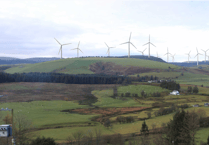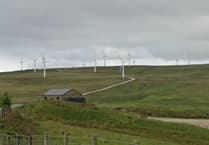Farmland birds have been in decline for the past 50 years but there are many ways to help during winter, such as taking part in The Big Farmland Bird Count (BFBC).
It provides vital data, helping organisers understand which species are in the most trouble and how to help them.
The 2025 count starts on 7 February for two weeks.
As well as providing snapshot of the bird population on UK farms, the BFBC aims to raise awareness of the important role farmers and other land managers play in the conservation of farmland birds.
More youngsters are needed to take part, so if you are a farmer, ranger, game or forest keeper already monitoring birds, or want to start doing so, why not see if you can get some help from your children, grandchildren or younger friends and family.
To help younger bird spotters get interested and involved we have updated our website with some additional new and exciting easy-to-use guides and count sheets. These will be available on the Big Farmland Bird Count website.
During this year’s count nearly 395,000 birds were spotted during 1,721 surveys. The most common species seen were starling, woodpigeon and fieldfare.
A total of 140 different species were recorded and of those, 27 were red-listed, totalling nearly 140,000 individuals.
The most abundant red list species were starling, linnet, fieldfare and lapwing, while the rarest sightings were of snow bunting, rock pipit, merlin, greenshank, golden eagle and Bittern.
Nearly 80 per cent of farms recorded blackbirds, robins and woodpigeons. Norfolk topped the list of recording the largest number of counts, followed by Suffolk and Wiltshire.
Signing up for the GWCT Big Farmland Bird Count is free and no specialist knowledge or equipment are required.
Visit the BFBC website where downloadable bird guides and other advice is available.





Comments
This article has no comments yet. Be the first to leave a comment.